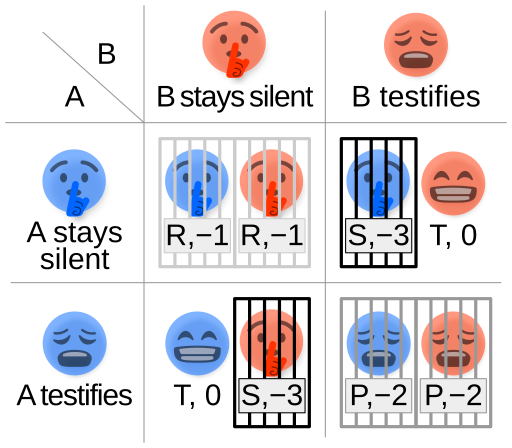You sometimes read a small item and the information in it is so unexpected, it’s like being suddenly dumped into icy cold water, like this little item from Reason‘s “Morning Roundup” email:
Everything’s computer! But not at the IRS.
“The upheaval at the IRS is already having real impacts,” reports The Washington Post, referring to plans (already underway) to reduce the workforce by half. “Sources familiar with the agency report that its level of phone service is falling, in part because employees are spending their time waiting to use shared computers to respond to [the Department of Government Efficiency’s] requests for weekly emails detailing their work. (Not all IRS employees are issued their own computers.) And they report that taxpayer behavior is already adjusting to the reality of a diminished IRS workforce: IRS receipts — taxes paid already and taxes the agency is scheduled to receive from those who have already filed — are significantly lower than they were at this point last filing season.”
Wait, back up. They don’t have their own computers? And they’re sitting in a queue like schoolchildren in the library, waiting to use a single shared computer to respond to Musk’s five-things-you-did-last-week emails? How long does it take to write those emails? And why don’t they have computers?
Look, I’m worried by the slapdash approach Elon Musk’s Department of Government Efficiency has taken. But the continued federal employee freakout over being asked to justify their jobs by detailing what they’ve done at work makes no sense to me.
I know a girl from college who is a “Work-Life Specialist and Mindfulness Facilitator” at the U.S. Department of Transportation. She leads yoga sessions and “meditation made simple” workshops for federal employees, per her LinkedIn. This is a job I don’t want my taxpayer dollars funding. For Musk to apply scrutiny to this type of thing is a huge win for the American people.
There are lots of legitimate criticisms to make about whether cuts in staffing will actually lead to a better IRS. Taxpayer services will surely suffer if there are fewer people available to answer phone calls and emails; refunds might be delayed, which comes at a real cost to people. Worse tax collection means less revenue for the government, and it’s not like spending is under control — expect the fiscal hole we’re in to get worse if this continues. But “we just can’t figure out how to ration computer use in the year 2025 to craft a bullet-pointed email” is an absurd line that elicits no sympathy, and just leaves me confused about what the hell they’ve been doing all this time. Everything’s not, in fact, computer in the federal government.
















